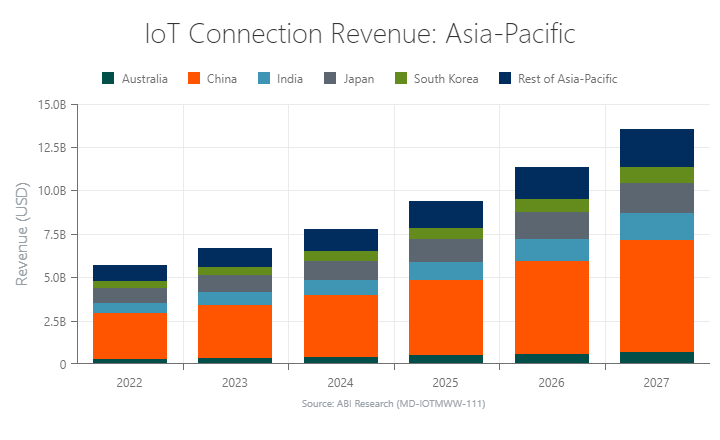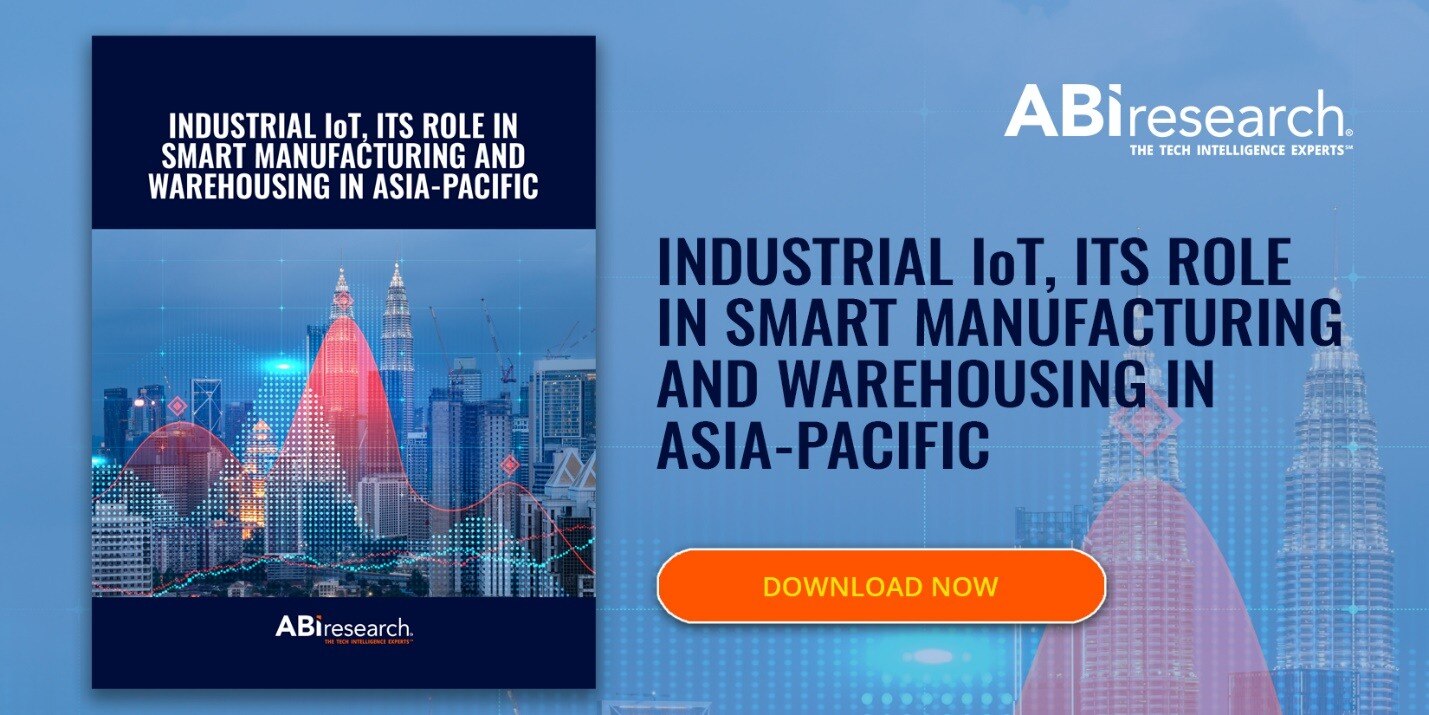The demand for Industrial Internet of Things (IIoT)-based technologies in the Southeast Asian region is expected to soar in the coming years. As enterprises, notably in the manufacturing and logistics sectors, trend toward rapidly embracing digital transformation, Internet of Things (IoT) connections revenue will grow to US$13.5 billion by 2027. With greater adoption of Industry 4.0 tools comes more intelligent factories, leveraging a wide range of operations-enhancing technologies. Examples of smart factories abound in the Southeast Asian industrial sector.

Smart Factory Technologies
Below is a list of the most commonly deployed Industry 4.0 technologies making factories “smarter.”
- Digital twins are digital replicas of physical objects or even living things. This technology provides factories with real-time data analytics pertaining to various workflows and facilitates improved simulation for product testing.
- Predictive maintenance is a data-driven process for maintenance scheduling, which helps prevent costly repairs to equipment and reduce energy footprints.
- Human-Robot Collaboration (HRC) is a process in which humans and robots collaborate with each other. Deploying HRC boosts factory productivity, reduces human errors, and improves product quality assurance.
- Asset tracking and Real-time Location Services (RTLS) are location technologies that allow enterprises to track assets, such as equipment, in real time.
- Inventory management refers to a technology that accurately tracks the flow of products and parts within the factory. As a result, inventory visibility is high, and the risk of tracking errors is reduced.
- Augmented Reality (AR)/Virtual Reality (VR) smart glasses merge the physical and virtual worlds, allowing workers to see visual information in their line of view. AR/VR makes workflows more efficient and bolsters on-site and on-demand technical assistance. AR/VR is also an effective medium for employee training.
- Private cellular infrastructure, particularly 5G, provides the connectivity required for low-latency applications, data security, custom workflows, and local processing for Industrial Internet of Things (IIoT).
Smart Factory Examples in Southeast Asia
Here are four examples of smart factories in a few Southeast Asian countries.
Smart Factory Example #1: Zuellig Pharma
Accenture and Singtel teamed up to create a smart 5G-enabled warehouse for one of Asia’s largest healthcare service providers, Singapore-based Zuellig Pharma. Technologies deployed include 5G, edge computing for real-time data analytics, AR headsets and vision, and drones. While the AR goggles were used for more efficient product picking, 5G-enabled drone technologies can facilitate a full inventory count of the warehouse in 20 minutes.
By deploying these smart technologies, Zuellig Pharma worked under a more data-driven, automated approach. The AR Vision Picking solution resulted in a 30% improvement in pick productivity and 100% pick accuracy. Moreover, the drone inventory counting solution translated to a 95% counting accuracy.
Smart Factory Example #2: Daviteq
In collaboration with telecommunications provider Viettel, the Vietnamese sensor, control equipment, and IoT product developer Daviteq has introduced various technologies to its factory. Among those technologies are wireless sensors, iConnector—smart IoT gateways, industrial Globiots servers, and a Wi-Fi/wireless network. These technologies solved Daviteq’s requirements of:
- Temperature monitoring
- Vibration acceleration, displacement, frequency, and velocity management
- Data storage and analytics
Smart Factory Example #3: Mitsubishi Electric
Mitsubishi Electric, in collaboration with True 5G and robotics company LERTVILAI, created a smart factory prototype at its Automation Park in Thailand. The intelligent 5G network allows for high-speed data processing and inspection of production lines whenever required. Moreover, by leveraging Autonomous Mobile Robots (AMRs), AR, and VR, production lines benefit from automation and better performance.
Mitsubishi's smart factory will serve as a template for the industrial sector in Thailand, as digital transformation efforts ramp up in the country, particularly the Eastern Economic Corridor (EEC).
Smart Factory Example #4: Makino Asia
Beginning its digital transformation journey in 2016, machine tool manufacturer Makino Asia has invested US$74 million (SGD100 million) in making its factory in Singapore smarter. To meet the growing demand from customers and ensure factory machines work at peak levels, Makino Asia has deployed voice recognition robots, robotics arms/other robots, AR-based remote assistance, and self-driving forklifts. All these technologies are interconnected through the IIoT.
While robots and automated forklifts increase productivity at its factory without additional labor, AR assisted reality devices allow Makino engineers based in Singapore to provide step-by-step instructions via smart glasses as visual information to shop-floor workers overseas.
Furthermore, the IIoT enables Makino Asia operators to conduct predictive maintenance, avoiding equipment failure and operational downtime.
Future of Digital Transformation in Southeast Asia
As these smart factory examples demonstrate, Industry 4.0 is in full swing in Southeast Asia, as enterprises aim to boost productivity, increase manufacturing throughput volume, and leverage data analytics to make more informed business decisions. In the industrial sector, a smart factory is the epitome of digital transformation, with lights-out production (unmanned, fully automated manufacturing) being the end goal. A variety of novel technologies can help enterprises get there, with 5G being the bedrock of the technology ecosystem (although 4G can be used as a stepping stone).
To learn more about the Industry 4.0 tools and technologies making smart factories possible in the Southeast Asia region, download ABI Research’s Industrial IoT, Its Role in Smart Manufacturing and Warehousing in Asia-Pacific presentation. This research is part of our Southeast Asia Digital Transformation Research Service.





